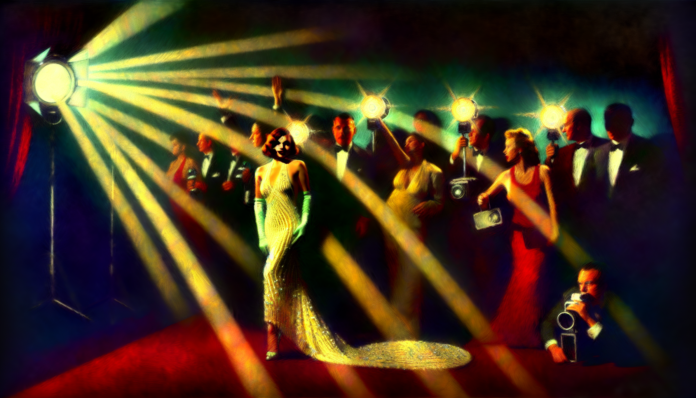Introduction
In the glittering realm of Hollywood’s Golden Age, where stars were revered and scandals were often whispered behind closed doors, few stories stand out as dramatically as that of Jean Harlow and her notorious love life. A leading actress of the 1930s, Harlow’s rise to fame was shadowed by romances that captivated the public and ultimately ended in heartbreak. This era was marked by moral conservatism, with societal norms steeped in strict codes of behavior regarding relationships and sexuality.
The Scandal
Jean Harlow, often dubbed the “Blonde Bombshell,” became a household name with her sultry persona and iconic films. However, her passionate—albeit tumultuous—relationship with director Paul Bern ignited a scandal that shocked Hollywood. In 1932, just a few short months after their marriage, Bern was found dead in their home, an apparent suicide. The circumstances surrounding his death were shrouded in mystery, with speculation about the nature of their marriage swirling through the media.
-
Rumors: Allegations of infidelity, financial issues, and Harlow’s intense devotion led tabloids to declare their relationship as fraught with peril.
- Public Reaction: While some fans mourned the loss of Bern, others reveled in the scandalous details. “After all the glamour, the heartache remains,” a columnist lamented, capturing the conflicting emotions of the time.
Harlow, at the pinnacle of her career, faced significant challenges in the aftermath. Her next film was met with scrutiny, as audiences questioned whether her personal trauma had any bearing on her performance. Yet, amid the chaos, Harlow pressed on, becoming an enduring icon of resilience in a town that often chewed up and spit out its brightest stars.
Moral and Cultural Analysis
The societal reaction to Harlow’s scandal illuminated the complex dynamics of fame and morality during the 1930s. Public outrage centered around an idealized view of marriage, where personal failures were treated as moral failings.
-
Consequences: Harlow faced intense media scrutiny, often depicted as a seductress in tabloids. Her grief was overshadowed by speculation, leading many to question her character rather than sympathize with her loss.
- Comparison to Today: In contrast, modern audiences might approach Harlow’s story with empathy. Today, discussions surrounding mental health and the pressures of fame encourage a more nuanced understanding of her experience. Scandals are often contextualized with mental health awareness and the complexities of personal relationships.
As we reflect on Harlow’s life and the impact of her tragic romance, it becomes clear that while Hollywood continues to idolize its stars, the narrative surrounding their personal lives has evolved. The lens through which we examine fame today is tinted with a greater sense of compassion and understanding that recognizes the multifaceted nature of human relationships.

